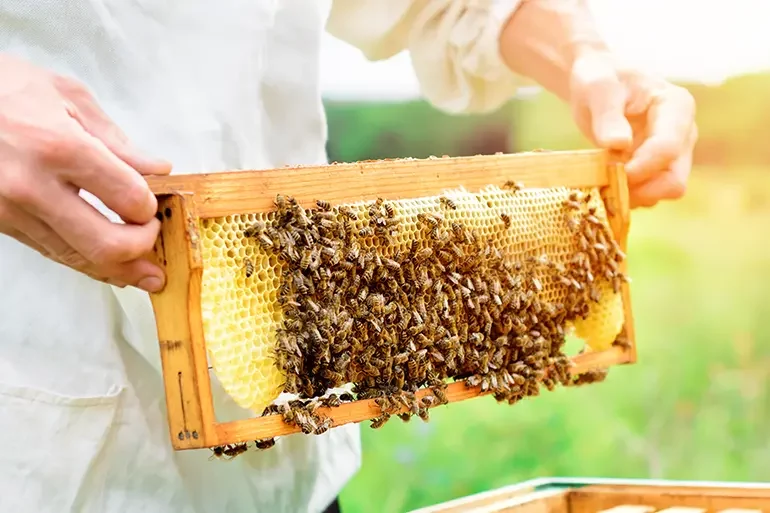On Tuesday, May 31, 2022, the California Third District Court of Appeal affirmed the California Fish and Game Commission’s (Commission) authority to determine if insects such as four bumble bee species can be protected under the California Endangered Species Act (CESA). This order reverses the trial court’s decision and arguably expands the Commission’s authority to protect terrestrial invertebrate species under CESA.
Under CESA, the Commission seeks to protect native species and subspecies of birds, mammals, fish, amphibians, reptiles and plants that are listed as threatened or endangered species. Such listings may occur through a process where the Commission reviews a petition from the public requesting that certain species be designated as candidate species. Once a species is designated as a candidate species, the Commission then goes through a process to determine if the species should be listed as threatened or endangered.
In October of 2018, public interest groups petitioned the Commission requesting that four species of bumble bees be listed as endangered species. In summary, the Commission accepted the petition and listed the four bumble bees as candidate species. Following that action, the Almond Alliance of California and other agricultural associations (Almond Alliance) challenged the Commission’s action based on the fact that terrestrial invertebrates are not one of the identified categories of species that are to be protected under CESA. The Commission, the California Department of Fish and Wildlife and public interest groups argued that terrestrial species such as bumble bees are subject to CESA under the definition of “fish,” as defined generally in the Fish and Game Code. The Superior Court agreed with the Almond Alliance and overturned the Commission’s findings. In response, the Commission and others filed an appeal with the Third District Court of Appeal.
The Third District Court of Appeal ultimately agreed with the Commission, finding that the California Legislature intended for the definition of “fish” in section 45 of the Fish and Game Code to include terrestrial invertebrates. To reach this conclusion, the Court of Appeal looked at legislative history, past instances of the Commission applying section 45 to CESA-protected animals, and the Legislature’s inaction to correct this practice. The court determined that had the Legislature wanted to distinguish which types of invertebrates are to be included under the definition of “fish” for CESA protection, then it could have done so through subsequent legislation, or provided a separate definition for “fish” with limitations to specify aquatic invertebrates. Instead, the court found that the Legislature ratified the Commission’s practice of including terrestrial invertebrates.
Finally, the court did not find any evidence from CESA’s legislative history to support a contrary interpretation—in other words, there is no indication the Legislature intended for “fish” under CESA to exclude terrestrial invertebrates. Thus, under this decision, the Commission has authority to list invertebrates as endangered or threatened species under CESA, regardless of whether they are aquatic or not. It is unknown if this case will be challenged to the California Supreme Court.
Source: Kahn, Soares & Conway, LLP










